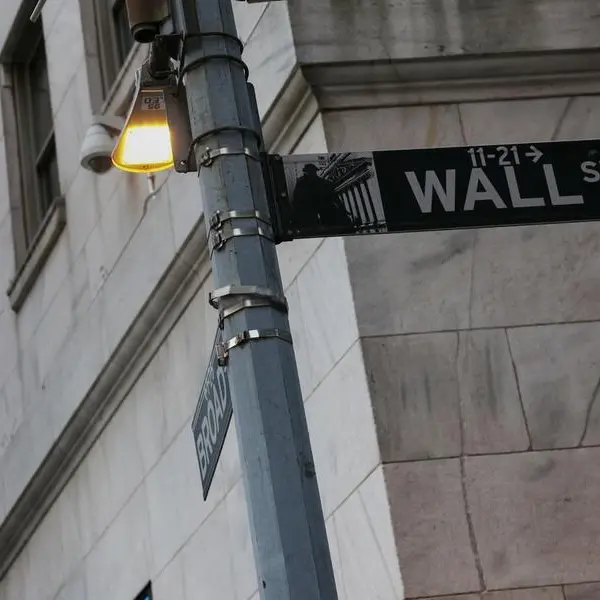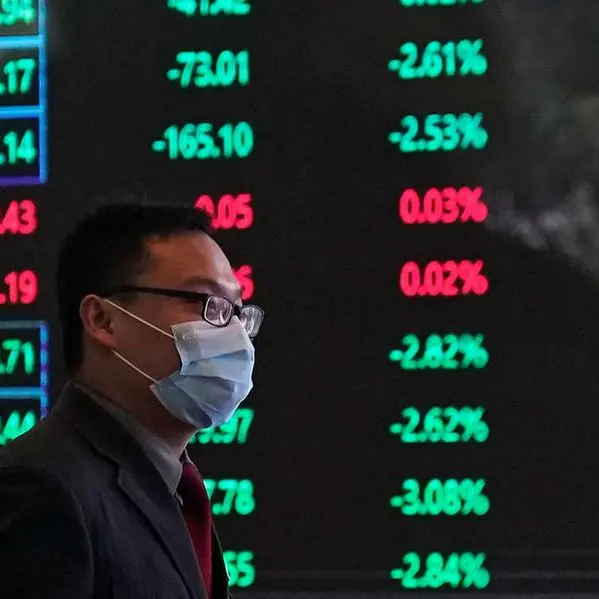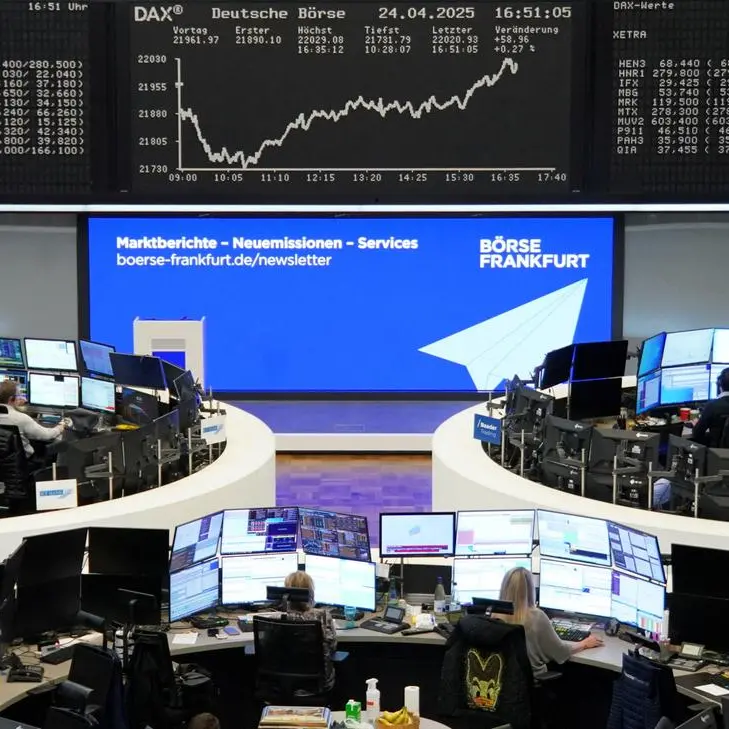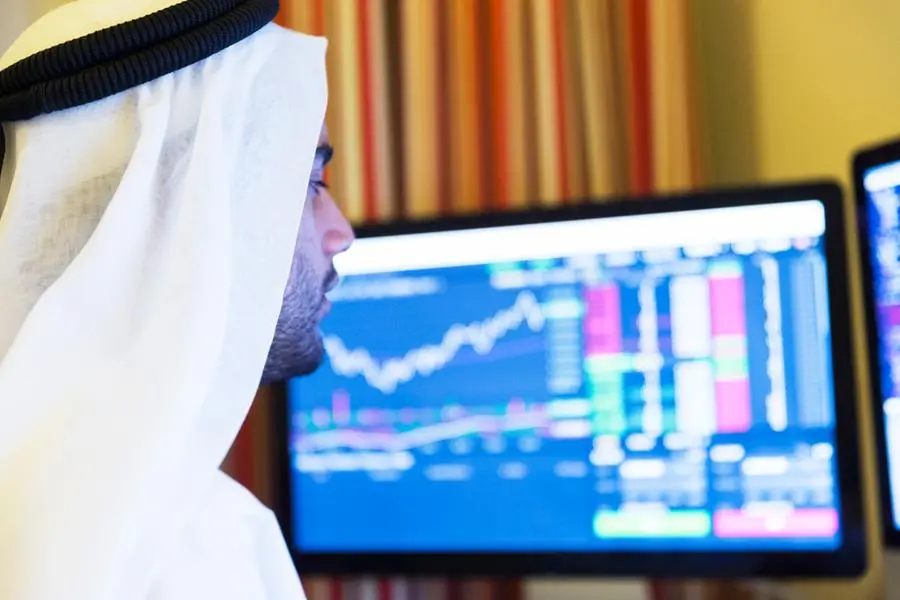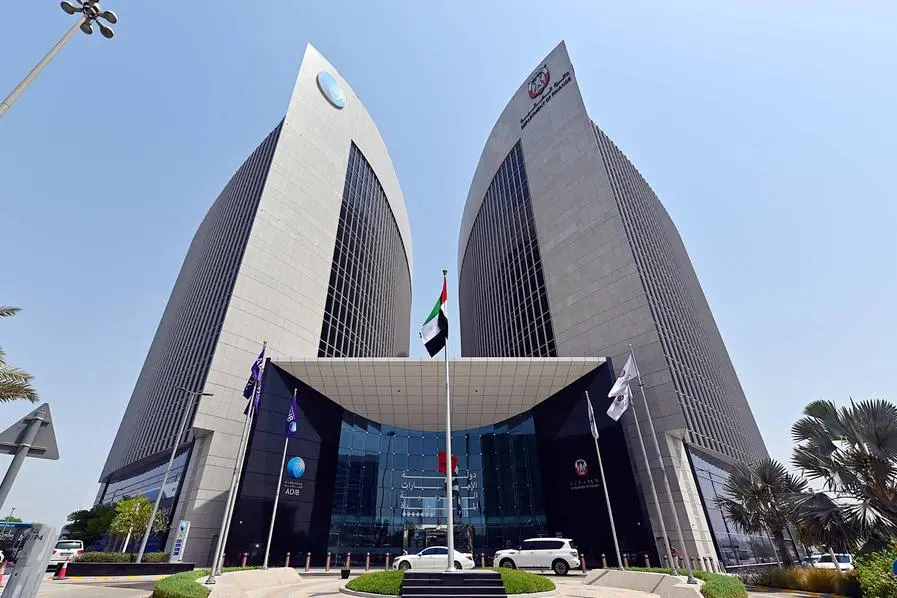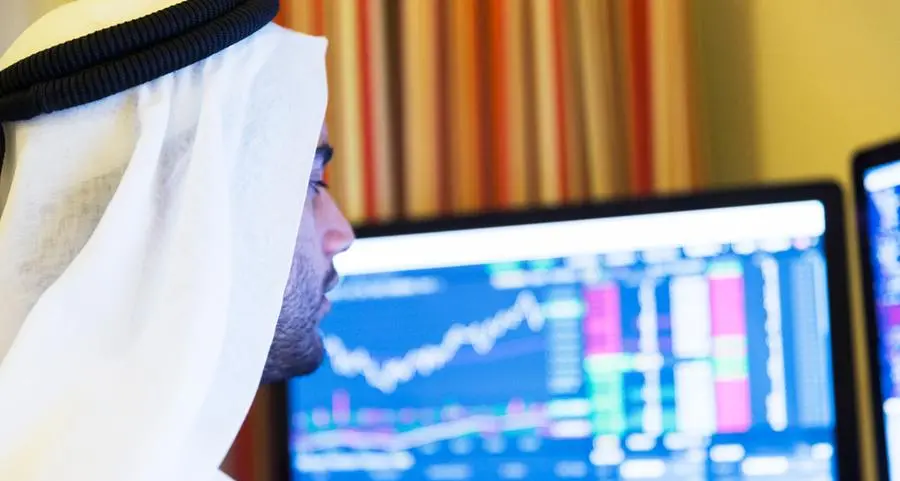PHOTO
U.S. dollar and Euro banknotes are seen in this illustration taken March 19, 2025. REUTERS/Dado Ruvic/Illustration
Banks are on track to report one of their largest ever trading hauls in the first quarter, as a volatile start to 2025 has triggered a flurry of investor activity across financial markets.
The total industry revenue pool for global markets is set to grow at an annual rate of 7%–9% in the first quarter, according to BCG Expand, a research and data provider owned by Boston Consulting Group. The top end of that range would see the five largest US investment banks generate about US$34bn of trading revenues between them, which would represent one of their highest totals for the first three months of the year.
BCG Expand has pencilled in a roughly 25% rise in equities revenues, while projecting fixed-income, currencies and commodities revenues will be more or less flat as declines in credit trading and securitisation offset a better performance for desks trading products linked to foreign exchange and interest rates.
"We project that the volatile trading environment in the first quarter provided a meaningful boost to banks' global markets revenues," said Amrit Shahani, a partner at BCG Expand. "The shifting narratives around AI and US tariffs triggered a wave of client activity for banks' equities operations, while fixed income was more mixed with macro desks doing well and spread products underperforming."
The continued strength in sales and trading strikes a marked contrast with what’s been another disappointing quarter for banks' underwriting and advisory businesses.
It also sets banks apart from some of their largest institutional clients, which have struggled in the choppier market environment. Citadel and Millennium Management, two of the most successful hedge funds of recent years, reportedly lost money in February and early March as volatility picked up and upended some popular investment strategies.
Bank trading desks these days are more focused on brokering client flows than placing hefty bets with their own money. That has allowed them to thrive in an environment in which investors have had to respond to huge shifts in the outlook for financial markets, whether that's China's DeepSeek AI model jolting US tech stocks, White House tariff plans whipsawing shares and currencies, or Germany's massive fiscal stimulus pummelling government bonds.
"This is a good sales and trading environment because there is volatility and people need to rebalance their portfolios," a senior trading executive at one of the world's largest investment banks told IFR.
The executive said it's been a particularly good time for equities trading desks because of investors reassessing their long-held views over US exceptionalism. The S&P 500 is down more than 9% from its mid-February peak, while the Stoxx Europe 600 is up 7% this year.
“The equity story is super strong because of the big trading theme out of the US into the rest of the world," the executive said.
More volatility, more revenue
Banks' trading units have capitalised for several years on the higher volatility that emerged following the outbreak of Covid-19 in 2020. The big five US banks generated US$116bn in markets revenues between them last year, a 50% increase from 2019.
While fixed-income trading divisions remain roughly twice the size of equities in terms of revenues, it is banks' equities traders that have been the driving force for growth. The total industry pool for equities revenues hit a record US$84bn in 2024, according to BCG Expand, as banks tapped strong demand for structured products linked to US technology stocks and rode a surge in client activity around the US elections in November.
Prime brokerage units, in which banks lend to hedge funds, also continued to grow rapidly as demand for their services remained elevated. Goldman Sachs, for instance, reported record equities and FICC financing revenues in 2024.
While this year's volatile markets have produced different trading themes, bank executives suggest they've been no less conducive to making money. Mark Mason, Citigroup’s chief financial officer, said in early March that the bank’s markets revenues were on track to rise by “mid single digits” in the first quarter.
“We’ve seen good momentum in FICC, particularly in rates and FX, as well as in equities driven by derivatives and prime balances,” he said.
Macro trading volumes have reached new heights this year across government bonds, futures and swaps, as investors have repositioned in response to tariffs and the changing economic outlook.
Jennifer Piepszak, JP Morgan’s chief operating officer, said in mid-February that first-quarter trading revenues were on course to rise by “low double digits” in percentage terms, while warning that things could change over the coming weeks.
“Momentum … has continued into the first quarter,” Piepszak said.
Source: IFR

